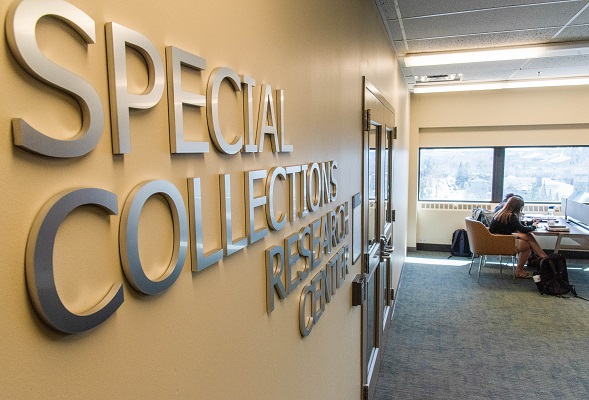Algernon Charles Swinburne was an important Victorian poet and critic. The collection documents Swinburne's literary affairs and friendships, plus critical reactions to the poet. It consists of correspondence, writings, photographs, artworks, and printed material produced by Swinburne, his friends and associates, and present-day scholars. Over 200 pieces of holograph correspondence and manuscript material, over half of which is by Swinburne, are included. Also prominent is material by Theodore Watts-Dunton, Swinburne's friend and legal advisor.
This finding aid encompasses accessions of single manuscripts and small groups of manuscripts and other papers by or pertaining to Algernon Charles Swinburne, which the library has chosen to gather into one collection.
Much of the material in this collection forms part of the Kerr collection, formally titled the "Evelyn and Lowell Kerr Collection of Swinburne Books and Manuscripts in the Library of the University of Michigan." The Kerr collection was assembled by Lowell Kerr, a dedicated Swinburne collector. (See biographical entry.) In addition, Kerr worked for many years on the compilation of a descriptive catalog to the collection, which was, unfortunately, never completed. More information on arrangement of the Kerr collection can be found at the end of this section. All of the books from the Kerr collection, and many of the pamphlets, have been removed and cataloged separately.
The works and correspondence of Swinburne are well-represented here. Much of the selection of verse is fragmentary in nature--in some cases, leaves of a single work are spread across repositories; but Swinburne's prose pieces are notable in their completeness and number. Also showcased are the letters and works of important figures in the Pre-Raphaelite movement, as well as other literary luminaries of the day. The publishing interests of Swinburne and his circle are also detailed.
The collection is made up of six series: Works, Correspondence, The Swinburne Circle, Photographs and Art Images, Printed Material, and Swinburne Research and Collecting. Unless indicated otherwise in the contents list, items in the Works and Correspondence series are holograph works by Swinburne (or, rarely, in the hand of an amanuensis). Items in the Swinburne Circle series are letters or manuscripts in the hand of their respective authors, or their secretaries. In some cases, autograph material originally laid into books has been removed and added to the collection; in other cases, such items have been left in the books. Either way, a note to such effect has nearly always been made in the book's catalog record or in the contents list below. Moreover, for purchased material, copies of dealer descriptions often have been retained and may offer further details not included here.
A Note on the Kerr and Lang Numbers:
Since many of the pieces in this collection have already been cataloged individually, further details can often be found in the catalog records for those items. Furthermore, "Kerr numbers" have been assigned to many items. These numbers refer to entries in Lowell Kerr's catalog, in which he described the items that were originally from his collection. Along with library staff members, he continually updated and reworked the catalog up until his death. Library staff continued to revise the work through the 1980s, but it was never completed.
Although every effort has been made to respect the provenance of items from the Kerr collection, in some cases a Kerr number may have been assigned but is not noted in the finding aid. Researchers wishing for more information on items originally from the Kerr collection should consult the various drafts of the Kerr catalog, which are available in the Swinburne Research and Collecting series. The Kerr numbers in this finding aid refer to the most recent available draft of the Kerr catalog. The researcher should note that the Kerr catalog, while containing a wealth of information, is heavily anecdotal in nature, with a number of guessed-at facts and dates still in need of verification.
Cecil Lang, professor emeritus at the University of Virginia, is an eminent Swinburne scholar. Professor Lang is the author of the six-volume The Swinburne Letters (New Haven: Yale Univ. Press, 1959-1962). In this work, he assigns numbers to every item of Swinburne correspondence which he was able to locate, across repositories; thus, many items have both Kerr numbers and Lang numbers. Both numbers, where extant, are generally noted in the contents lists below.
